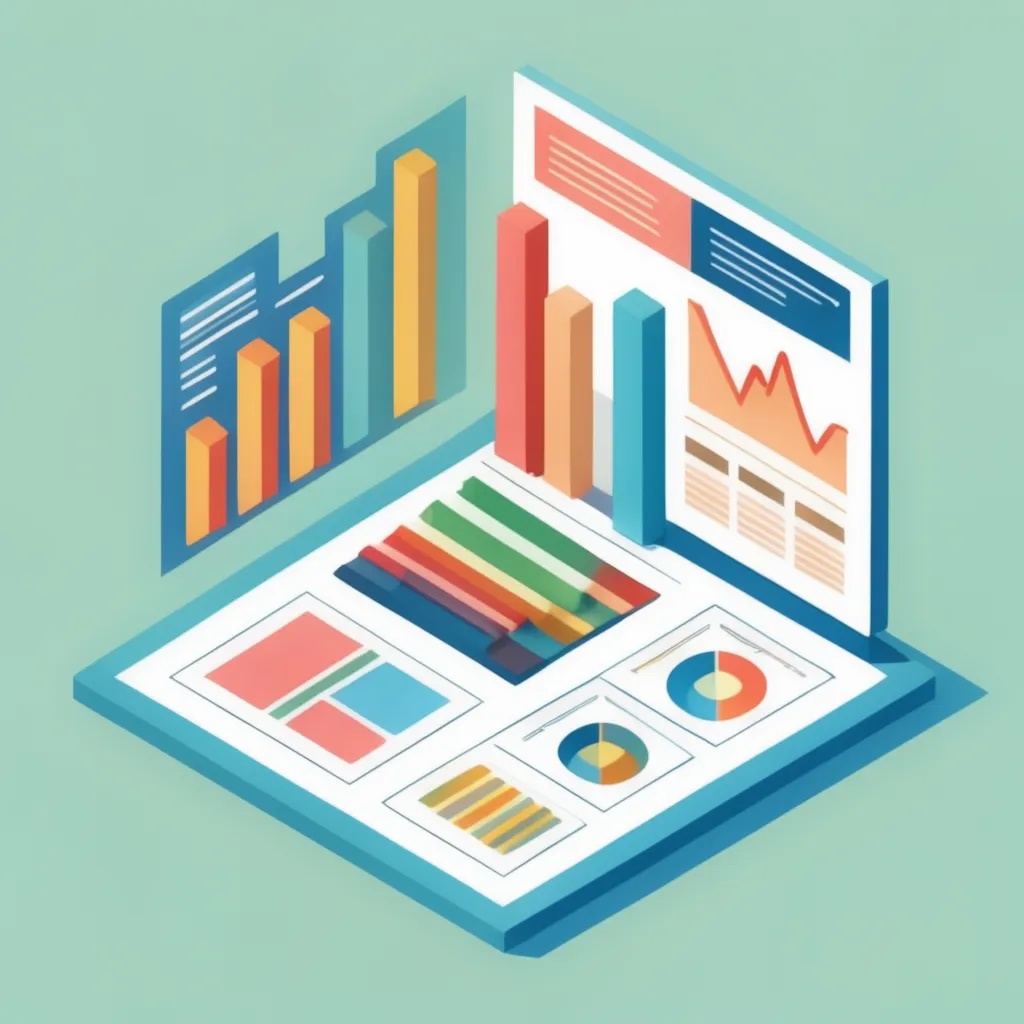For many new business owners, the term “financial statements” can sound intimidating, bringing to mind complex spreadsheets and accounting jargon. But what if you thought of them not as a test, but as your business’s storybook? These documents tell you where your business has been, where it stands now, and where it might be going.
Understanding them is one of the most powerful skills you can develop. It’s the key to making smarter decisions, securing loans, and truly measuring your success. Let’s pull back the curtain on the three most important reports: the Income Statement, the Balance Sheet, and the Cash Flow Statement.
1. The Income Statement: The “Profit & Loss” Report Card
What it is: Think of the Income Statement (also called a Profit & Loss or P&L) as a report card for a specific period of time—a month, a quarter, or a year. Its main purpose is to answer one critical question: “Is my business profitable?”
Key Components:
- Revenue (or Sales): This is the top line. It’s all the money you earned from selling your goods or services during that period.
- Cost of Goods Sold (COGS): These are the direct costs tied to creating your product or service. For a coffee shop, it would be the cost of coffee beans, milk, and cups. For a consultant, it might be the cost of specific software used for a client project.
- Gross Profit: This is your Revenue minus your COGS. It shows you how much money you have left over to pay for all your other business expenses.
- Operating Expenses: These are the costs to keep your business running, but they aren’t directly tied to making a product. Think of rent, employee salaries, marketing, utilities, and insurance.
- Net Income (The “Bottom Line”): This is what’s left after you subtract all expenses from your revenue. If the number is positive, congratulations, you have a profit! If it’s negative, it’s a net loss.
2. The Balance Sheet: A “Snapshot” of Your Financial Health
What it is: While the Income Statement covers a period of time, the Balance Sheet is a snapshot of your company’s financial position on a single day. It shows what your business owns and what it owes.
It’s governed by a simple but powerful equation: Assets = Liabilities + Equity
Key Components:
- Assets: These are all the things your company owns that have value. This includes cash in the bank, inventory you plan to sell, accounts receivable (money owed to you by customers), and equipment.
- Liabilities: This is everything your company owes to others. This includes loans, accounts payable (bills you need to pay to suppliers), and credit card debt.
- Equity: This represents the owner’s stake in the company. It’s the value that would be left over for the owner if you sold all your assets and paid off all your liabilities.
The Balance Sheet must always “balance” (hence the name), where the value of what you own equals the value of what you owe to others plus what you have invested.
3. The Cash Flow Statement: The “Where Did the Money Go?” Story
What it is: This statement is arguably the most crucial for day-to-day survival. A business can be profitable on its Income Statement but still go bankrupt if it runs out of cash. This report tracks the actual movement of cash in and out of your business over a period.
Key Components (broken into three activities):
- Operating Activities: Cash generated from your primary business operations, like cash received from customers and cash paid to suppliers and employees.
- Investing Activities: Cash used to buy or sell long-term assets. For example, buying a new piece of equipment or selling an old company vehicle.
- Financing Activities: Cash that comes from investors or banks (like taking out a loan) and cash paid out to owners (distributions) or to repay debt.
This statement helps you answer the question, “I made a profit, so why is there no cash in my bank account?” by showing you exactly where the money went.
These three statements work together to provide a complete picture of your business’s financial health. The net income from your P&L impacts the equity on your Balance Sheet, and the cash on your Balance Sheet is the endpoint of your Cash Flow Statement.
Feeling confident about these reports is the first step. The next is ensuring they are accurate, timely, and used to make strategic decisions that fuel your growth. At Kohani & Associates, we do more than just crunch the numbers. We transform your financial data into clear, understandable reports and help you interpret the story they tell. If you’re ready to move from simply tracking your finances to truly understanding them, contact us for a consultation. Let’s build a stronger financial future for your business, together.
